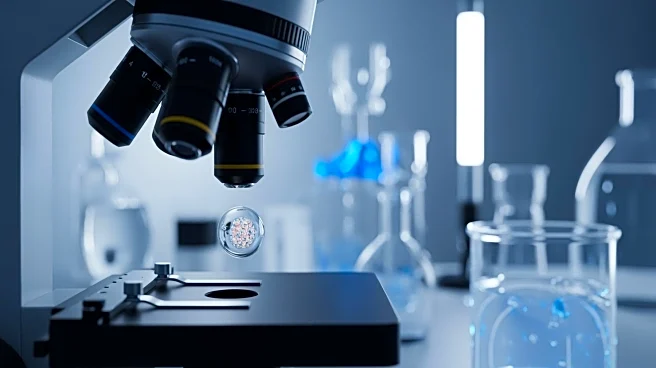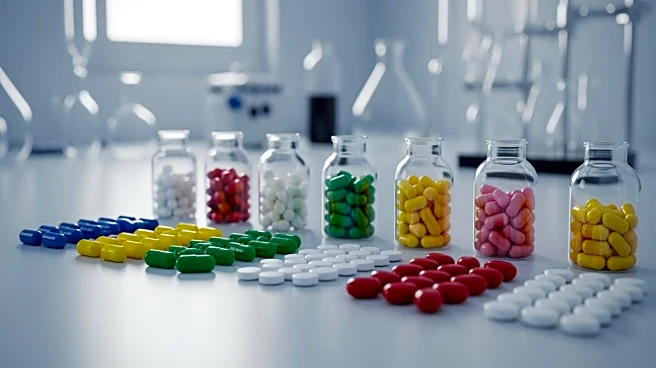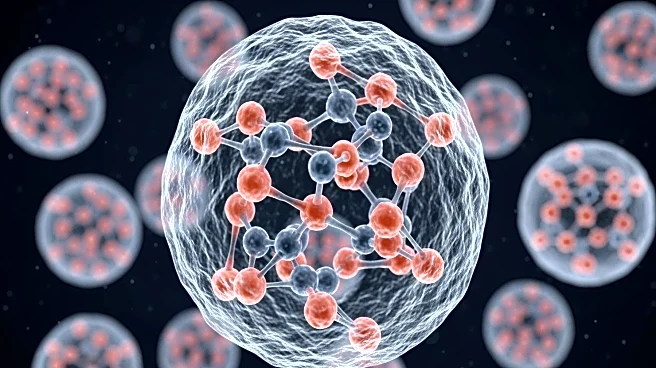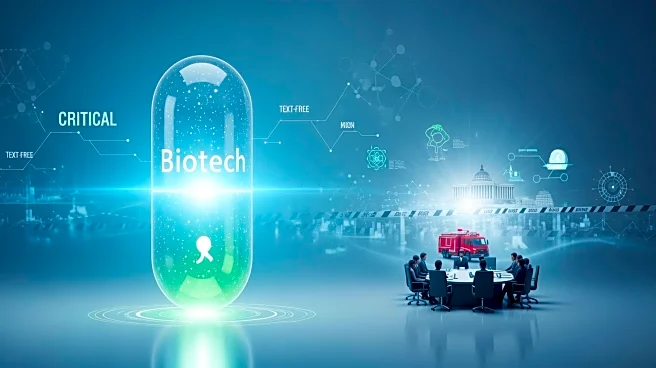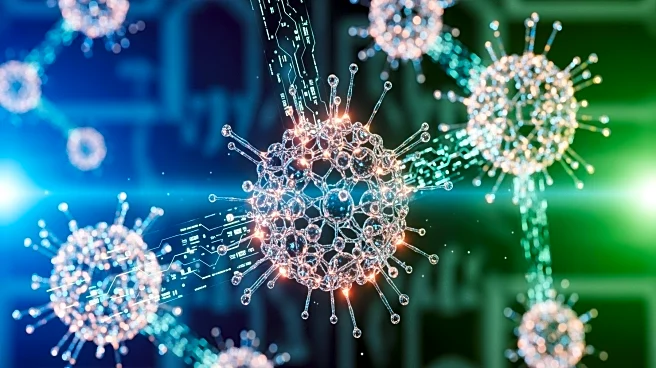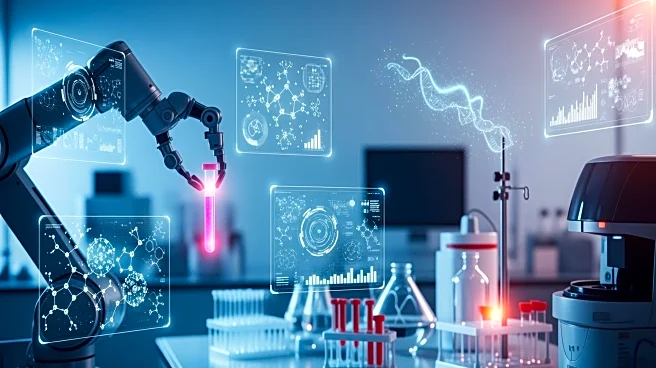What's Happening?
Biotechnology companies are focusing on the advancement of lipid nanoparticle (LNP) characterization, a technology that has been around for nearly a century, to improve drug delivery systems. LNPs are increasingly
used as vehicles for delivering therapeutic drugs, including CRISPR-based gene editing therapies. The global market for LNPs reached $786 million in 2024 and is expected to grow by 14% annually until 2030. Analytical ultracentrifugation (AUC) is emerging as a key method for characterizing LNPs, offering high-resolution data on particle size and heterogeneity, which are crucial for assessing the quality, efficacy, and safety of LNP formulations. This technology is particularly important for ensuring the precise delivery of CRISPR components into target cells, minimizing off-target effects and supporting the development of personalized genetic treatments.
Why It's Important?
The advancement in LNP characterization is significant for the biotechnology and pharmaceutical industries as it enhances the precision and efficiency of drug delivery systems. By improving the characterization of LNPs, companies can ensure better targeting and stability of therapeutic payloads, which is crucial for the development of treatments for cancer, cardiovascular diseases, and other chronic conditions. The use of AUC in LNP characterization could lead to more effective and safer drug formulations, potentially accelerating the development and market introduction of novel therapies. This progress is vital for the continued evolution of personalized medicine and gene editing technologies, which have the potential to transform healthcare by providing tailored treatments based on individual genetic profiles.
What's Next?
The biotechnology sector is expected to continue investing in the development of LNP technologies, with a focus on simplifying complex workflows and enhancing efficiency through automation and advanced analytical techniques. Cross-disciplinary collaboration will be essential to realize the full potential of LNPs, particularly in the context of CRISPR-based therapies. As the field progresses, stakeholders in the pharmaceutical industry may see faster development cycles and improved reproducibility of drug formulations, paving the way for new breakthroughs in personalized medicine. The ongoing research and innovation in LNP characterization will likely lead to more effective treatments and potentially lower costs for drug development.
Beyond the Headlines
The ethical and regulatory dimensions of using LNPs for gene editing therapies are significant. As these technologies advance, there will be increased scrutiny on the safety and ethical implications of gene editing, particularly concerning off-target effects and long-term impacts on human health. Regulatory bodies may need to establish new guidelines to ensure the safe and responsible use of LNPs in clinical applications. Additionally, the cultural acceptance of gene editing technologies will play a role in their adoption, as public perception and ethical considerations could influence policy decisions and market dynamics.
